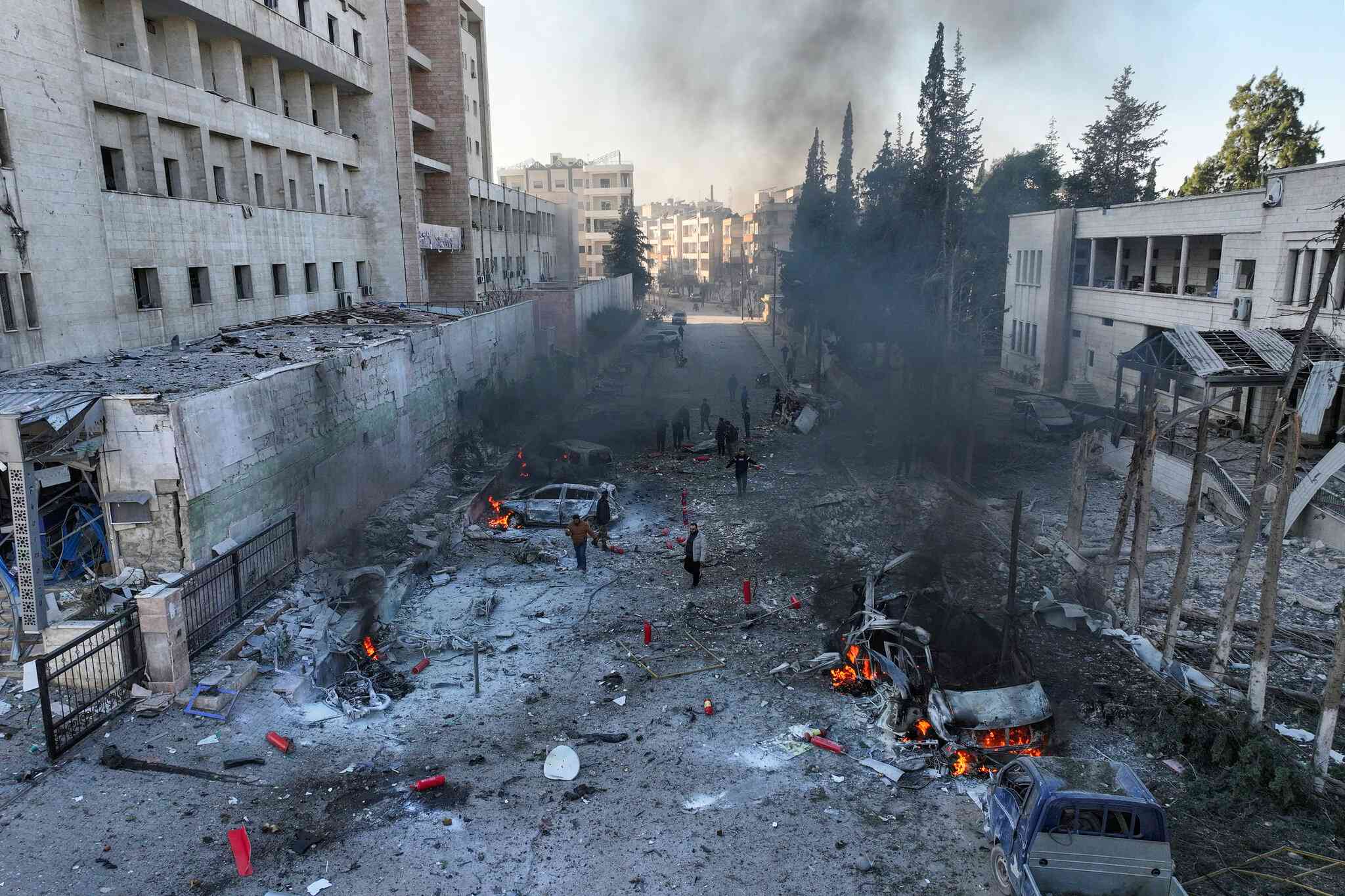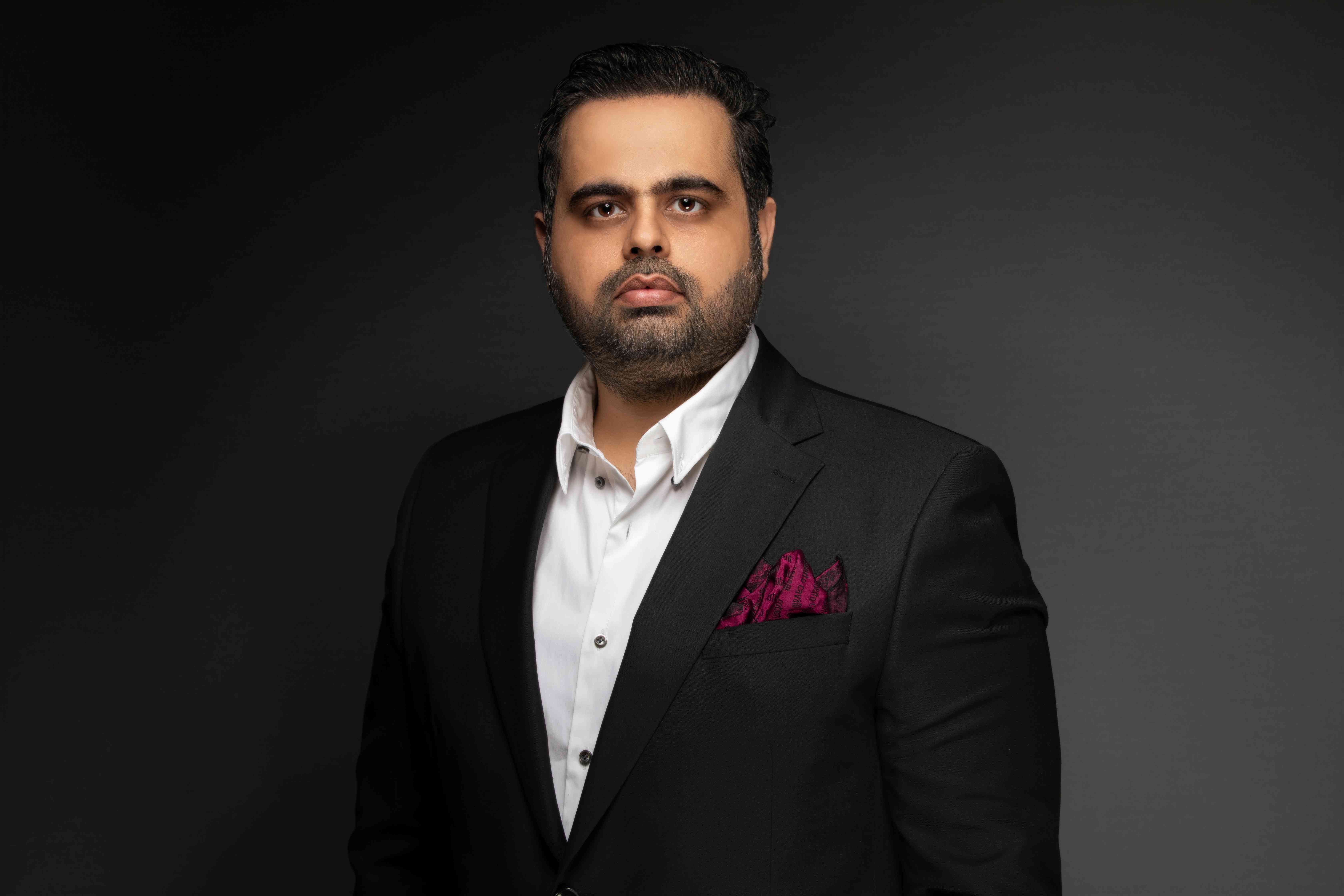
ONE week in, the cease-fire in Lebanon seems to be holding, but everything is connected: only three days later, the civil war in Syria started up again after a de facto four-year truce.
In just a few days more the Sunni Muslim fanatics of Hayat Tahrir al-Sham (HTS), formerly the Syrian branch of al-Qaeda, burst out of the north-western province of Idlib where they had been confined since 2016 and captured Aleppo, Syria’s second biggest city.
The Syrian army has completely withdrawn from Aleppo, and its spokesman explained that “the multiplicity of battlefronts prompted our armed forces to carry out a redeployment operation aimed at strengthening the defence lines in order to absorb the attack, preserve the lives of civilians and soldiers, and prepare for a counterattack”.
"Redeployment" usually means "retreat", and at last report HTS forces were advancing down the main north-south freeway and nearing the city of Hama, almost halfway to Damascus.
This may not be a replay of the Western scramble out of Afghanistan and the Taliban victory of 2021, but the future of Syrian dictator Bashar al-Assad is certainly at risk.
However, two things are different this time. One is that Assad has the unwavering support of Russia (whose air force is already striking the rebel forces from its bases in Syria).
The other is that a large number of Syrians (all Christians, all Shia Muslims and an indeterminate number of Sunni Muslims) prefer even Assad to the rule of the HTS fanatics.
It is no coincidence that the war in Syria restarted just as Hezbollah was defeated in Lebanon, since Lebanon and Syria were part of the same province for most of the last thousand years.
- At 34, Burkina's new junta chief Ibrahim Traore is world's youngest leader
- Somalia launches anti-al-Shabab TV channel
- Burkina Faso suspends France 24 broadcasts
- Syria, jihadis at war again as truce collapses
Keep Reading
The French divided them in 1920, ostensibly because there was a big Christian minority in Lebanon but really as part of an imperial strategy of divide-and-rule.
One-third of the Lebanese are still Christians, but what drives the country’s politics now is the rivalry between Shia Muslims and Sunni Muslims.
Each accounts for about a third of the population, but the Shias have dominated Lebanese politics in recent decades because they had their own powerful army, Hezbollah.
That army has now suffered a grave defeat.
Syria also has a Shia minority, though a much smaller one: between 10% and 15% of the population.
However, Shias completely dominate Syrian politics because the French filled the upper ranks of their colonial army with Shias on the same old divide-and-rule principle – and the Shias parlayed that into permanent political dominance over the whole country.
For Sunnis in both Lebanon and Syria, the Shias are the main enemy. Once the Israelis had decimated Hezbollah’s forces in Lebanon over the past two months, therefore, it was only natural for Sunni extremists in Syria to have another go at overthrowing their local Shia enemy, the Assad regime.
It is far from certain that they will succeed, but HTS has definitely caught the Assad regime with its pants down and is building up a momentum that will be hard to resist. What would happen if Assad and the Shias actually lost power in Syria?
It would be a catastrophe for the people of Syria, who would end up living under an Islamist tyranny that would be even more repressive and brutal than the current regime.
On the other hand, it could be a boon for the long-suffering Lebanese, whom Hezbollah keeps dragging into wars with Israel that most Lebanese would rather avoid.
It would be a disaster for the Islamist (Shia) ayatollahs of Iran. They would lose half of their "Axis of Resistance", the band of mostly Shia-run allies that protect Iran from direct physical confrontation with Israel. Those allies include Iraq, Syria, Hezbollah in Lebanon, and the Houthis in Yemen.
Could these serial upheavals end up overthrowing the Iranian regime itself? It is not impossible, if all the other Shia dominoes fall one after another.
Whatever regime replaced the ayatollahs would also be Shia, because 95% of Iranians follow that branch of Islam, but its policies and allies might be very different.
But it is too early to say that any of the dominoes will fall, let alone all of them. It is just as likely that HTS, successor to al-Qaeda and ISIS and now making such rapid progress in Syria, will over-extend itself, and that the Syrian army, Russian air power and quiet support from Egypt and the Arab Gulf states will eventually drive the jihadis back.
That would be the least bad outcome, although it is certainly not a good one. If you doubt that, look at the images of HTS fighters moving south.
Half of them show men with a single finger pointing to the sky: "There is only one God, and we will impose his rule".
Dyer is a London-based independent journalist. Dyer’s new book is titled Intervention Earth: Life-Saving Ideas from the World’s Climate Engineers. Last year’s book, The Shortest History of War, is also still available.










